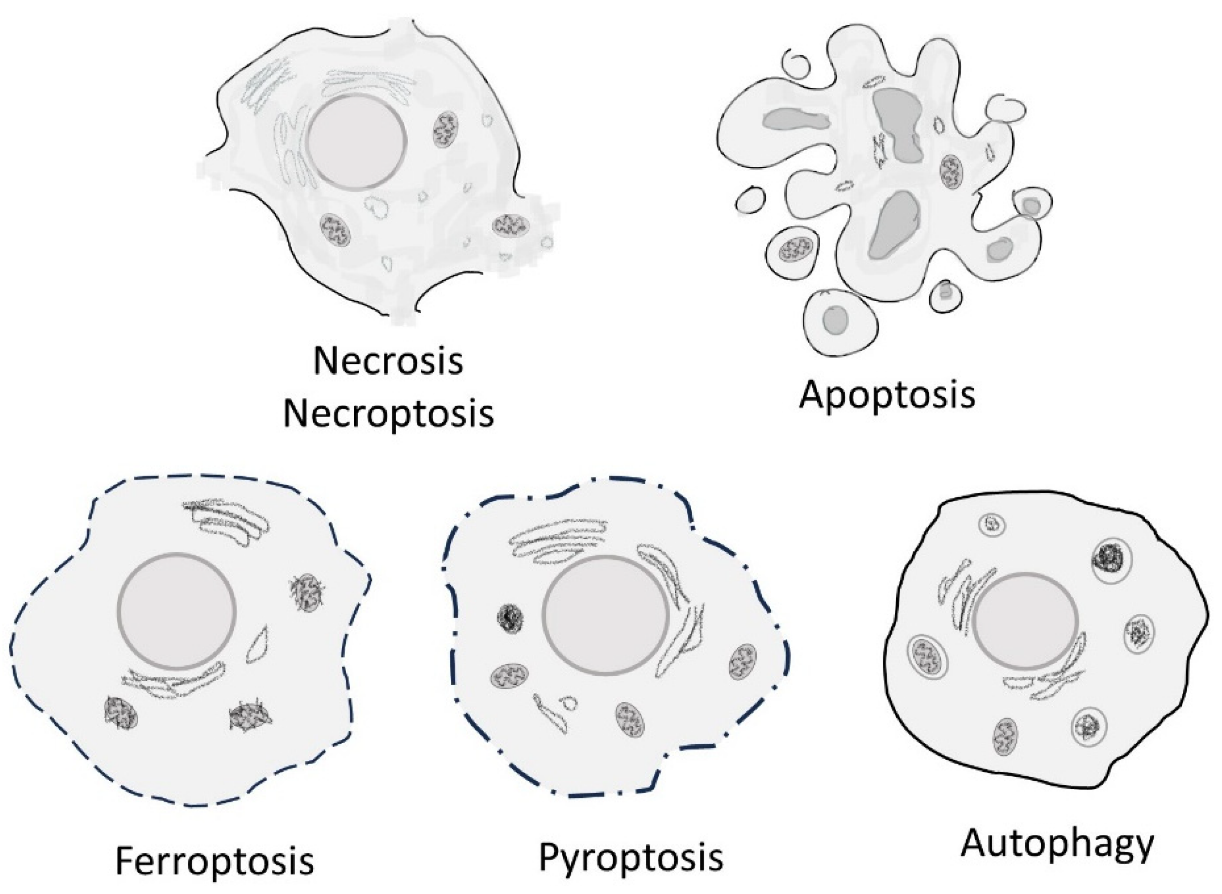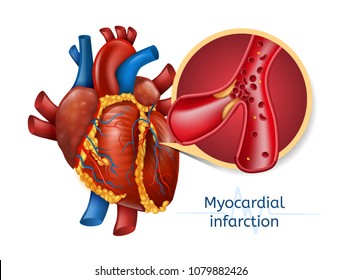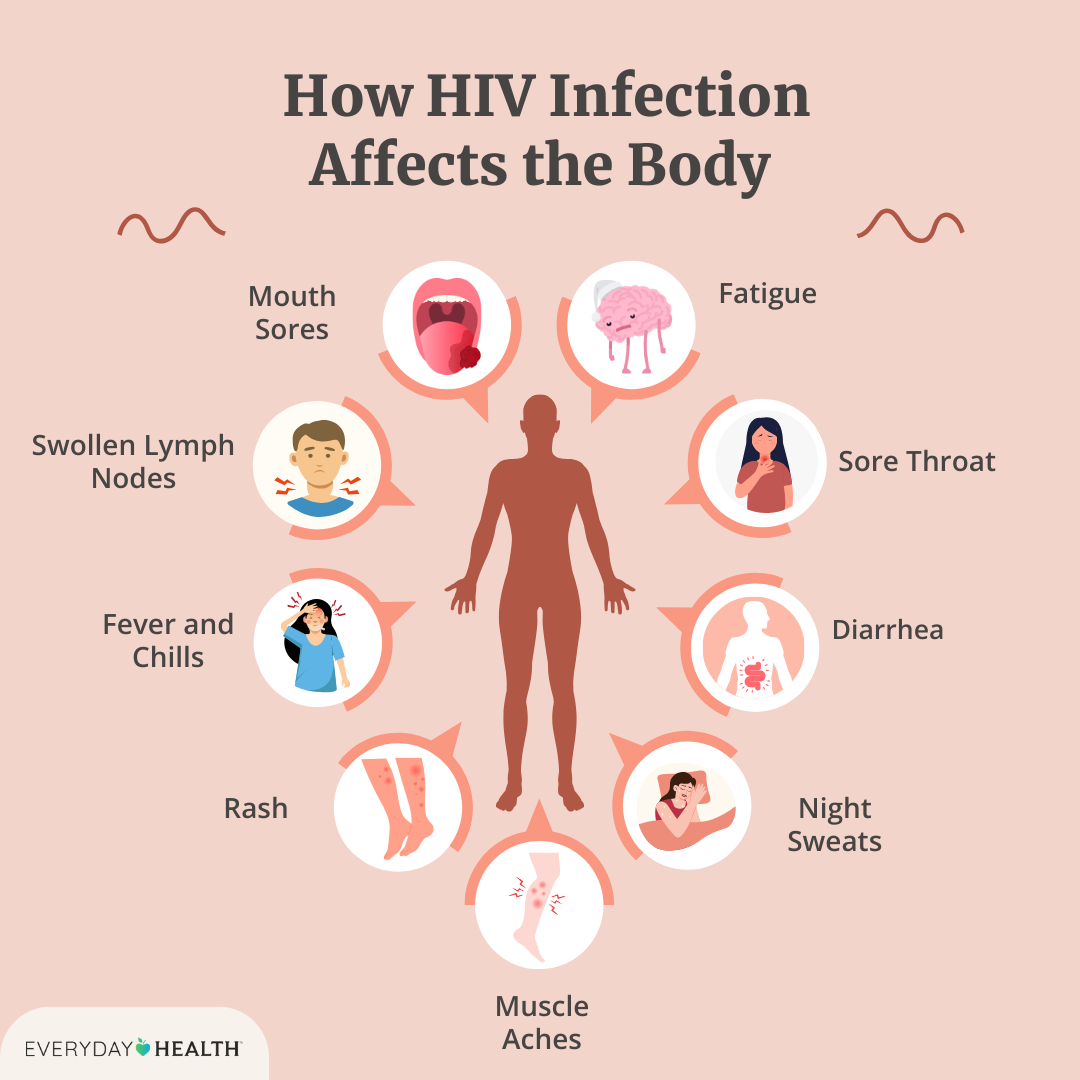A patient has a heart attack that leads to progressive cell injury that causes cell death with severe cell swelling and breakdown of organelles and release of cellular debris. What term would the nurse use to define this process?
Necrosis.
Apoptosis.
Adaptation.
Pathologic calcification.
The Correct Answer is A
Choice A Reason:
Necrosis is the term used to describe the death of cells or tissues through injury or disease, particularly when it involves severe cell swelling, breakdown of organelles, and release of cellular debris. This process is typically uncontrolled and results from factors such as lack of blood flow (ischemia), toxins, or trauma. In the context of a heart attack, necrosis occurs due to the lack of oxygen and nutrients, leading to cell death and tissue damage.
Choice B Reason:
Apoptosis is a form of programmed cell death that occurs in a controlled and regulated manner. It is a natural process that helps maintain homeostasis by eliminating damaged or unnecessary cells without causing inflammation. Unlike necrosis, apoptosis involves cell shrinkage, chromatin condensation, and DNA fragmentation, but it does not result in the release of cellular debris.
Choice C Reason:
Adaptation refers to the changes that cells undergo in response to stress or adverse conditions to survive and maintain function. These changes can include hypertrophy, hyperplasia, atrophy, and metaplasia. Adaptation is a reversible process and does not involve cell death or the breakdown of cellular components.
Choice D Reason:
Pathologic calcification is the abnormal deposition of calcium salts in tissues. It can occur in areas of necrosis (dystrophic calcification) or in normal tissues due to hypercalcemia (metastatic calcification). While pathologic calcification can be associated with cell injury and death, it is not the primary process described in the scenario of a heart attack leading to cell death with severe swelling and breakdown of organelles.

Nursing Test Bank
Naxlex Comprehensive Predictor Exams
Related Questions
Correct Answer is B
Explanation
Choice A Reason:
Oxygenation of the cells is a necessary process during reperfusion, but it is not the direct cause of reperfusion injury. The injury occurs due to the sudden influx of oxygen, which leads to the formation of reactive oxygen species (ROS) or free radicals. These free radicals cause oxidative stress and damage to the myocardial cells.
Choice B Reason:
Free radical formation is the primary mechanism behind reperfusion injury. When blood flow is restored to the ischemic myocardium, the sudden reintroduction of oxygen leads to the production of free radicals. These free radicals cause significant oxidative damage to the cell membranes, proteins, and DNA, exacerbating the injury to the heart tissue.
Choice C Reason:
An increased metabolic state can occur during reperfusion as the cells attempt to recover from ischemia. However, it is not the direct cause of reperfusion injury. The primary issue is the oxidative stress caused by free radicals, not the metabolic changes themselves.
Choice D Reason:
Lactic acid build-up is a consequence of anaerobic metabolism during the ischemic period, not a cause of reperfusion injury. During ischemia, cells switch to anaerobic metabolism, leading to lactic acid accumulation. However, once oxygen is reintroduced, the focus shifts to the oxidative damage caused by free radicals rather than lactic acid.

Correct Answer is D
Explanation
Choice A Reason:
The prodromal stage refers to the period during which early symptoms of a disease appear but are not yet specific or severe. This stage is often associated with infectious diseases where initial symptoms like fever, malaise, and fatigue occur before more specific symptoms develop. In the context of HIV, the prodromal stage would not be applicable as it refers to the early symptomatic phase rather than a period without symptoms.
Choice B Reason:
Remission is a term used to describe a period during which the symptoms of a disease are reduced or disappear. This term is commonly used in the context of chronic diseases such as cancer or autoimmune disorders. For HIV, remission would imply a reduction in viral load and symptoms due to effective treatment, but it does not describe the asymptomatic phase following initial exposure.
Choice C Reason:
Exacerbation refers to the worsening or flare-up of symptoms in a chronic disease. This term is often used in conditions like asthma or multiple sclerosis where symptoms can become more severe periodically. In the context of HIV, exacerbation would describe periods where symptoms become more pronounced, not the asymptomatic phase after initial exposure.
Choice D Reason:
The latent stage, also known as the clinical latency stage or asymptomatic HIV infection, is the period after initial HIV exposure when the virus is present in the body but not causing any symptoms. During this stage, HIV continues to replicate at low levels, and the individual may not feel sick or show any signs of the disease. This stage can last for several years, especially with effective antiretroviral therapy.

Whether you are a student looking to ace your exams or a practicing nurse seeking to enhance your expertise , our nursing education contents will empower you with the confidence and competence to make a difference in the lives of patients and become a respected leader in the healthcare field.
Visit Naxlex, invest in your future and unlock endless possibilities with our unparalleled nursing education contents today
Report Wrong Answer on the Current Question
Do you disagree with the answer? If yes, what is your expected answer? Explain.
Kindly be descriptive with the issue you are facing.
